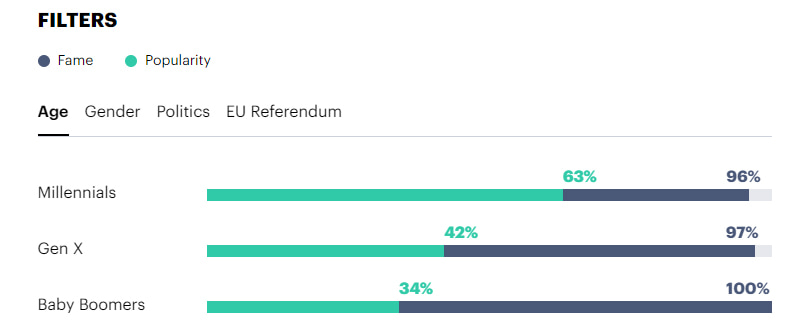RADIO CSP 1 – NEWSBEAT
Newsbeat is the BBC’s radio news programme broadcast on Radio 1. Newsbeat is produced by BBC News but differs from the BBC’s other news programmes in its remit to provide news tailored for a specifically younger audience of teenagers and early twentysomethings.
Extra Examples: Newsbeat is an example of a transitional media product which reflects changes in the contemporary media landscape. Newsbeat is both a traditional radio programme with regular, scheduled broadcast times, but it is also available online after broadcast.
Media Industries
The BBC is a Public Service Broadcaster, funded via the TV license fee. No advertisements. Focuses on informative and educate. Large Company. Also broadcast on BBC radio 1 extra, a digital radio channel reflecting popularity of converged / merged online technology. Aimed at a more urban black audience, reflecting BBC’s remit to provide content for a diverse audience. Reaching and connecting with anyone.
There might be a voice ident where the presenter mentions the name of the broadcast and the current time: “This is Newsbeat at 3.45pm”. The intro could be in the form of a bulletin – a list of the main stories which will be featured in the broadcast. / The Newsbeat producers responded to this challenge by serving content on their website, YouTube channel, Twitter account and Instagram profile. Taking a multi-platform approach ensures the product remains relevant to its audience.
Media Audiences
Stuart Hall argued producers encoded meaning and values into their texts which was then decoded by the audience, but our reactions are shaped by our individual frameworks of knowledge. / Newsbeat had to compete against traditional print media and the conventions of roll news channels, but mobile-first audiences are now learning about important events through what is trending on their social networks and notifications of breaking news flashing on their screens.
Possible Questions
- Ideology can be defined as a collection of values and beliefs.
- To what extent do media products target audiences by constructing an ideological view of the world?
- Identify two strategies or techniques used by Radio 1 to attract a youth audience Explain the reason for each
10 facts
- John Reith was the BBC’s first general manager when it was set up as the British Broadcasting Company in 1922 and he was its first Director-General when it became a public corporation in 1927.
- Broadcasting House was the BBC’s first purpose-built home for radio broadcasting.
- the largest broadcaster in the world by number of employees, employing over 22,000 staff in total, of whom approximately 19,000 are in public-sector broadcasting.
- it is widely thought that the name “Newsbeat” was taken from the Radio Caroline news service of the same name, as was the concept of short bulletins on the half-hour.
- Roisin Hastie Radio 1 Newsbeat interview (Breakfast newsreader)
- Pria Rai (Afternoon newsreader and programme presenter)
- Newsbeat is notable for the distinctive musical imaging it has used for most of its history. At first, this was a just jingle at the beginning of the bulletin, but in the late 1990s this expanded to music throughout.
- The BBC was officially created on 18 October 1922.
- Reith wrote in his diary on applying for the BBC job – “I know nothing whatsoever about broadcasting”, but then very few people did. It was so new and few guessed how it would evolve to become so compelling a part of everyone’s life.
- This started in 1923, costing 10 shillings, then split 50/50 between the BBC and the Government.
- Radio coverage was patchy in the UK, securing 94% reach across the UK.
- Women over 21 got the vote in 1928, and the BBC created The Week in Parliament, to help women navigate their early understanding of the world of politics.
Justification
Radio xtra is a digital radio channel reflecting popularity of converged / merged online technology that reflects BBC’s remit to provide content for a more wider and diverse audience, so that they can satisfy their audience by not targeting a preferred section of the popularity.

